|
Want to use grammatical expletives in your fiction? These words serve as place holders or fillers in a sentence. They shift emphasis and can affect rhythm. Used injudiciously, however, they can be cluttering tension-wreckers. Here's how to strike a balance.
Because expletives shift emphasis, they have a syntactic function. However, they don’t in themselves contribute anything to our understanding of the sentence. In other words, they don't have a semantic role. You might also see them called syntactic expletives.
Common examples are:
Take a look at the following pair. The first sentence is introduced by an expletive.
When used well, expletives are enrichment tools that allow an author to play with a narrative voice’s register and the rhythm of sentences. When prose is overloaded with them, it can feel cluttered with filler words that add nothing but ink on the page. At best, they widen the narrative distance between the reader and the POV character; at worst, they flatten a sentence and destroy suspense and tension.
Flat expletives that merit fixing
Too much telling of what there is or was can rip the immediacy from a scene and encourage skimming. That’s a problem – it means the reader isn’t engaged and risks missing something. Furthermore, if they’re not performing their rhythmic or emphasis role, expletives make sentence navigation more difficult because all they're doing is cluttering the prose. Here's an example. Think I've overworked it? There are published books from mainstream presses with passages just like this made-up one.
FLAT EXPLETIVE
It was a tiny room. There was a light switch with rust-coloured smudged fingermarks on the melamine surface. Was that blood? There was a noise coming from beyond on the back wall. It was a high-pitched whimper. Then there was silence. She held her breath and tiptoed forward. Suddenly there was a scream. The problem with the expletives in the passage above is that readers are bogged down in what there was rather than the viewpoint character's experience of discovery. Let's revise it to fix the problem.
THE FIX
The room was tiny. Rust-coloured fingermarks smudged the melamine surface of the light switch. Blood maybe. A noise came from beyond a door on the back wall. A high-pitched whimper. Then nothing. She held her breath and tiptoed forward. A scream shattered the silence. Notice how the narrative distance has been reduced in the revised passage. Now it's as if we're in the viewpoint character's head, moving with her second by second. We can focus on the room, the dried-blood fingermarks, the whimper, and the scream rather than the being of those things – their was-ness. Removing the expletives and swapping in stronger verbs (smudged, shattered) enables us to tighten up the prose and introduce immediacy. And now there's no need for the told 'suddenly' – we experience the suddenness through the in-the-moment shattering.
Expletives that pack a punch
As is always the case, obliterating expletives from a novel would be inappropriate because sometimes they're the perfect tool to help out with rhythm and emphasis. The opening paragraph of Charles Dickens’s A Tale of Two Cities (p. 1) uses expletives galore, and masterfully at that. The repetition (anaphora) brings a steady rhythm to the passage that ensures the reader gives equal weight to the contrasting extremes – from best and worst to hope and despair. The expletives introduce a detached sense of reportage that forces us forward rather than allowing us to dwell on any of the heavens or hells on offer. It’s simultaneously mundane and monstrous, and that's why it's magical.
It was the best of times, it was the worst of times, it was the age of wisdom, it was the age of foolishness, it was the epoch of belief, it was the epoch of incredulity, it was the season of Light, it was the season of Darkness, it was the spring of hope, it was the winter of despair [...]
And here’s an example from Dog Tags (p. 1) where omission of the expletive would rip the energy from the opening first line of the chapter and interfere with our understanding of which words we’re supposed to emphasize.
“Andy Carpenter, Lawyer to the Dogs.”
That was the USA Today headline on a piece that ran about me a couple of months ago. Summing up Grammatical expletives are a normal part of language and have every right to be in a novel. Overloading can destroy tension and make for a laboured narrative, but a purposeful peppering can amplify character emotion, moderate rhythm, and make space for the introduction of big themes in small spaces without sensory clutter. Cited works and further reading
Louise Harnby is a line editor, copyeditor and proofreader who specializes in working with crime, mystery, suspense and thriller writers.
She is an Advanced Professional Member of the Chartered Institute of Editing and Proofreading (CIEP), a member of ACES, a Partner Member of The Alliance of Independent Authors (ALLi), and co-hosts The Editing Podcast. Visit her business website at Louise Harnby | Fiction Editor & Proofreader, say hello on Twitter at @LouiseHarnby, connect via Facebook and LinkedIn, and check out her books and courses.
2 Comments
Are you confused about when to add commas before coordinating conjunctions linking independent clauses? This post offers guidance and a few examples to show you the way.
Rules, convention and meaning
Some writers and editors love a rule. I’m not so keen on the language of ‘rules’ because it sets up a binary mindset that’s focused on ‘wrong’ versus ‘right’ rather than clarity of meaning. Instead, I prefer to think in terms of convention. Grammatical conventions are useful and purposeful. They provide us with a common frame of reference that helps us communicate clearly through the written word. We can start by at least acknowledging the following:
Balancing convention and meaning Writing and editing fiction requires deciding when to break with convention. But how do we work out what works and what doesn’t? Here’s how I frame the balancing act:
So how does that apply to commas, coordinating conjunctions and independent clauses? What are coordinating conjunctions? Coordinating conjunctions are words that join other words or groups of words of equal weight. You might see them referred to in short as FANBOYS:
What are independent clauses?
Independent clauses are groups of words that can stand as a sentence on their own and still make sense. They include a subject and a predicate. Subjects are people/things that are doing something or being something – the noun (the thing) and the adjectival information describing that noun. The four examples given below are all subjects.
Predicates are what they’re doing – the verb (the doing word) and the thing the verb’s acting on. The four examples below are all predicates.
Joining subjects and predicates gives us independent clauses. Here are two simple examples (subject in bold; predicate underlined).
The comma convention
If two or more independent clauses in a sentence are joined by a coordinating conjunction, it’s conventional to place a comma before that conjunction. EXAMPLE AND EVALUATION #1 In the following example, the independent clauses are in bold.
The dog is pale yellow, and it's licking its paws.
The independent clauses could stand on their own as complete sentences and be understood perfectly well. Let’s revisit our balancing act and assess the impact of the comma. The degree to which the comma serves meaning here is, I think, debatable. This is what it looks like without the comma:
The dog is pale yellow and it's licking its paws.
There’s no ambiguity there, and so one could argue that insisting on a comma would be grammatical pedantry. An editor would struggle to justify adding a comma for any other reason than ‘that’s the rule’ or 'I think it looks better' because the meaning is perfectly clear. Could someone argue that the comma enforces the equal weighting of the independent clauses lying either side of the coordinating conjunction? Yes in that it acts as a separator of two ideas: the dog’s colour and what it’s doing to its paws; the one isn't related to the other. And so I certainly wouldn’t remove it if it were already in place; there’s no justification for such an action. MORE COMPLEX CONSTRUCTIONS Many sentences in fiction are more complex. If our example looked like this, we might have a sounder justification for adding the comma:
She stops in the doorway and holds her breath. She’s found it. The dog is pale yellow and it's licking its paws and nipping at the bloodied fur around the wound.
In the revised example below, I think applying the conventional punctuation helps. The rhythm is moderated – we take a little breath when we reach the comma – and experience (through our viewpoint character’s eyes) first the colour of the dog and then what it’s doing and why. The two ideas have a starker separation, and the punctuation convention supports that meaning.
She stops in the doorway and holds her breath. She’s found it. The dog is pale yellow, and it's licking its paws and nipping at the bloodied fur around the wound.
EXAMPLE AND EVALUATION #2 Here’s an excerpt from Robert Ludlum’s The Janson Directive (Orion, 2003, p. 355). Once more, both independent clauses are in bold.
Another dumb, inanimate slug would shatter another skull, and another life would be stricken, erased, turned into the putrid animal matter from which it had been constituted.
The independent clauses could stand on their own as complete sentences and be understood perfectly well. Again, let’s revisit our balancing act and assess the impact of the comma. I think the comma serves meaning and is necessary. Without it, we might start to read the sentence as if the slug would shatter not just a skull but another life too. That’s not what Ludlum is saying. Instead, we’re alerted that another idea is coming into play. A trip-up here means the reader would have to fix the grammar in their head and reread the sentence to make sense of it. That’s a momentary distraction no writer wants.
Breaking with convention in fiction
Let’s have a look at when we might ignore grammatical convention. Below is a short scene I’ve made up. Our protagonist is a forty-year-old woman having a nightmare about a past event.
There’s a huge yellow dog snarling in the doorway, blocking the way out. Its hackles are raised and it’s grinding its teeth and it’s foaming at the mouth and it’s—
I wake, slick with sweat, the six-year-old me hovering spectre-like in my mind’s eye. It’s the third time I’ve had that dream in the past week. There are three independent clauses (and the start of a fourth) linked by a coordinating conjunction. The ‘rule’ says there should be a comma before all those ‘and’s. EVALUATION A pro fiction editor would want to think twice before they start adding in commas because of some rule or other.
Using anaphora doesn’t mean we have to ignore commas, far from it. But what would introducing them do to rhythm and mood? I think the lack of commas helps us to feel our way under the skin of that dream-child because young children in a panic don’t introduce pauses or moderate their speech according to a style manual or a grammar guide. Instead, words fly from their mouths like tiny storms. What we have instead is the sense of terrified disorientation being experienced by the dreamer, one that’s shown rather than told. Commas would moderate the pace and separate the ideas contained in each independent clause; omitting them means we’re offered a stream of terrified consciousness.
More exceptions
Some grammarians do allow for an exception when the independent clauses are short and closely related. In the examples that follow, the coordinating conjunctions are underlined; notice the absence of the preceding comma. Sense isn’t marred because of the missing punctuation.
It’s an eminently sensible exception – one that allows for decluttering but also avoids a separation of ideas that isn’t appropriate.
Summing up The grammatical convention of placing a comma before a coordinating conjunction linking independent clauses is helpful and useful. However, sometimes we can omit those commas:
Style and grammar resources offer guidance, and we should use them, but only in so far as they serve the reader and the story, not because we are rule enforcers. That’s nothing more than a road to literary butchery. More resources to help you line edit with confidence
Louise Harnby is a line editor, copyeditor and proofreader who specializes in working with crime, mystery, suspense and thriller writers.
She is an Advanced Professional Member of the Chartered Institute of Editing and Proofreading (CIEP), a member of ACES, a Partner Member of The Alliance of Independent Authors (ALLi), and co-hosts The Editing Podcast. Visit her business website at Louise Harnby | Fiction Editor & Proofreader, say hello on Twitter at @LouiseHarnby, connect via Facebook and LinkedIn, and check out her books and courses. |
BLOG ALERTSIf you'd like me to email you when a new blog post is available, sign up for blog alerts!
TESTIMONIALSDare Rogers'Louise uses her expertise to hone a story until it's razor sharp, while still allowing the author’s voice to remain dominant.'Jeff Carson'I wholeheartedly recommend her services ... Just don’t hire her when I need her.'J B Turner'Sincere thanks for a beautiful and elegant piece of work. First class.'Ayshe Gemedzhy'What makes her stand out and shine is her ability to immerse herself in your story.'Salt Publishing'A million thanks – your mark-up is perfect, as always.'CATEGORIES
All
ARCHIVES
July 2024
|
|
|
|


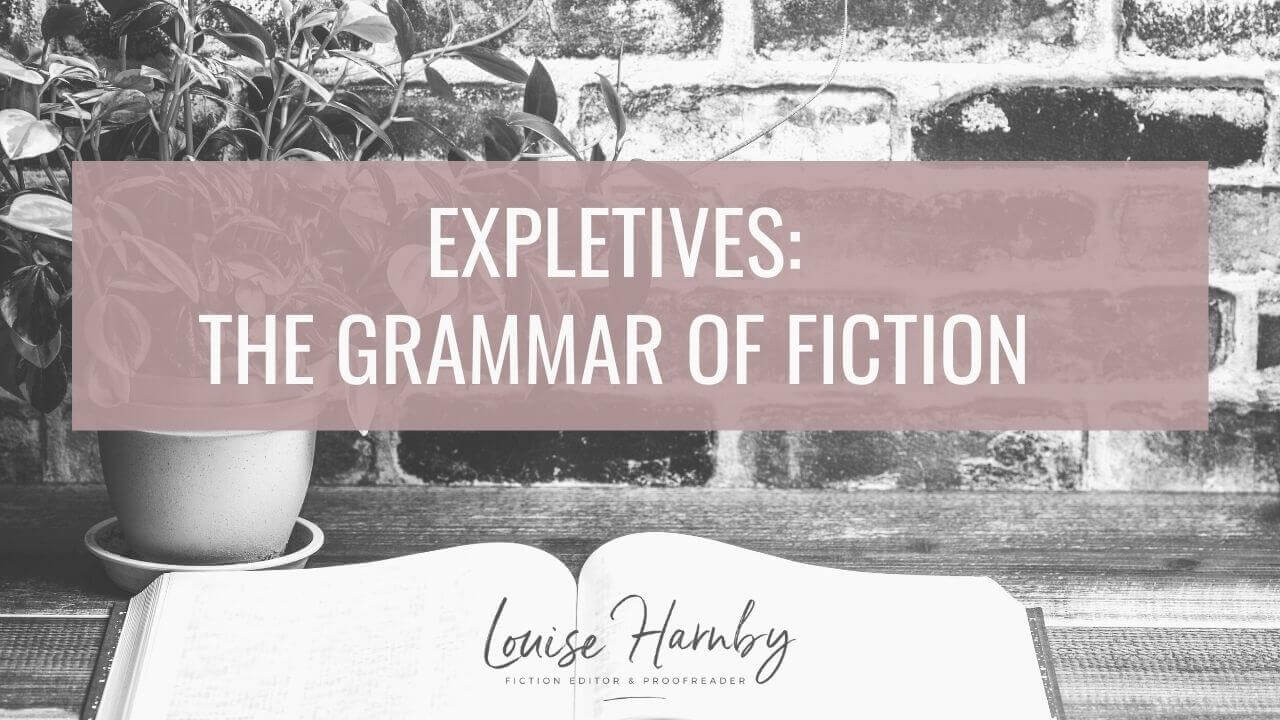
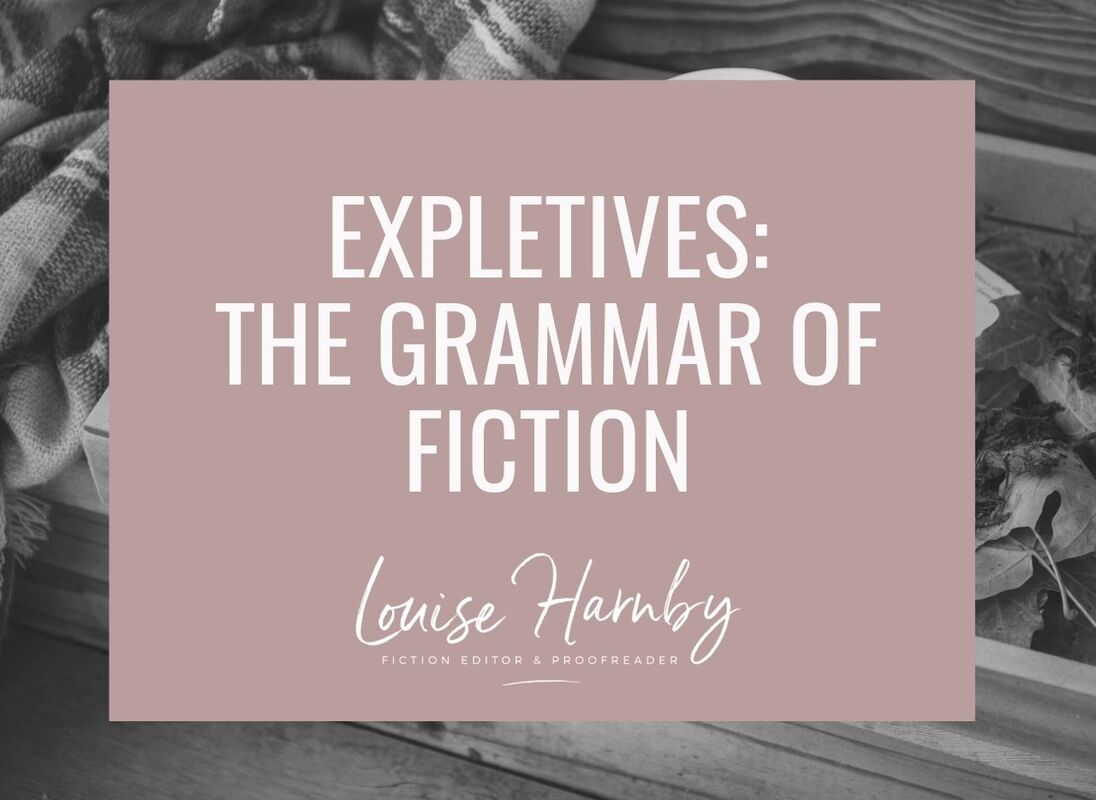


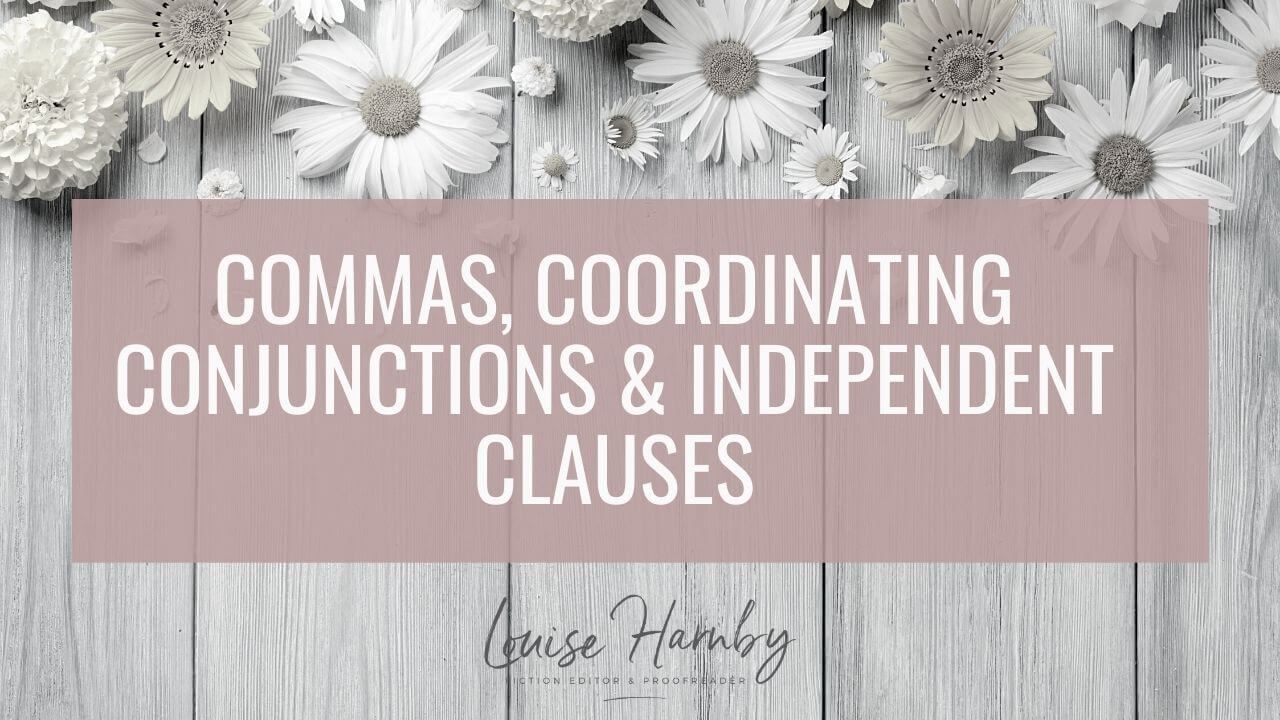
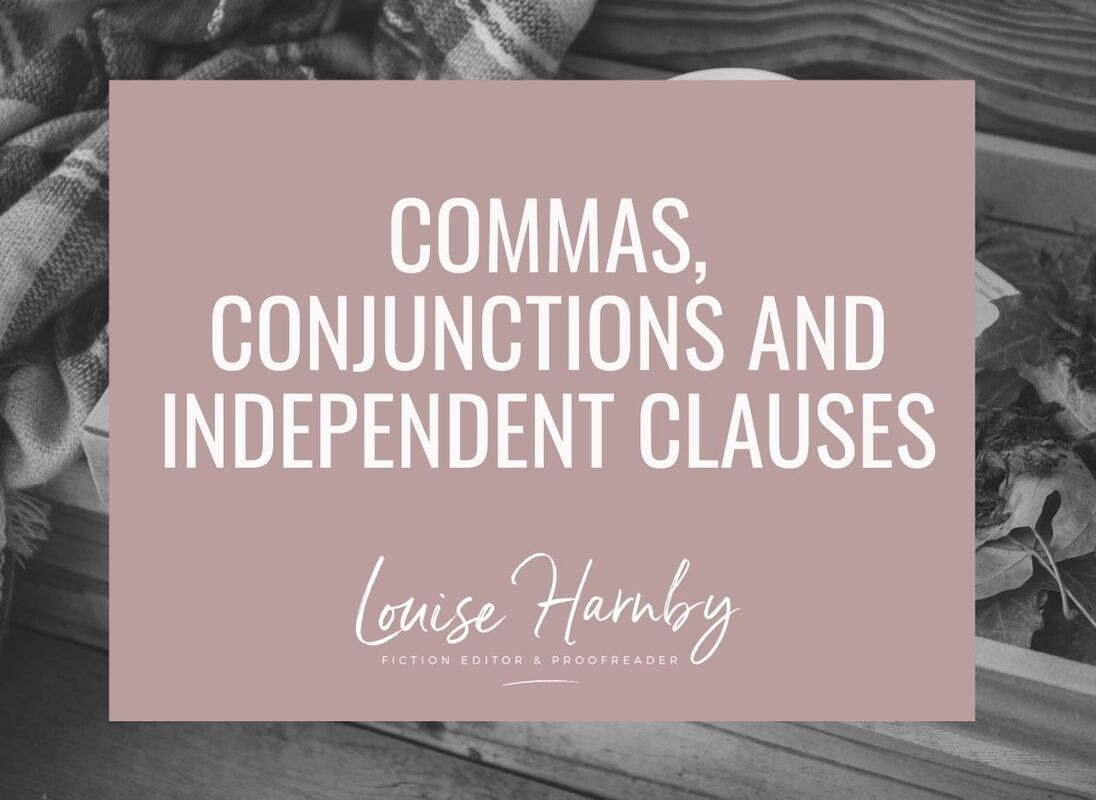

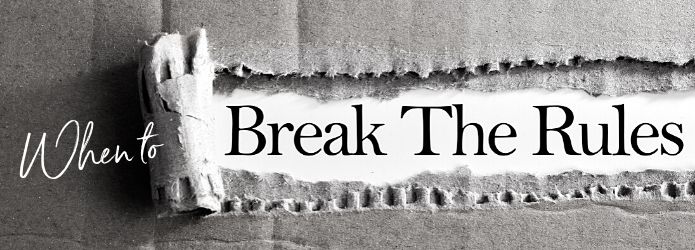














 RSS Feed
RSS Feed





